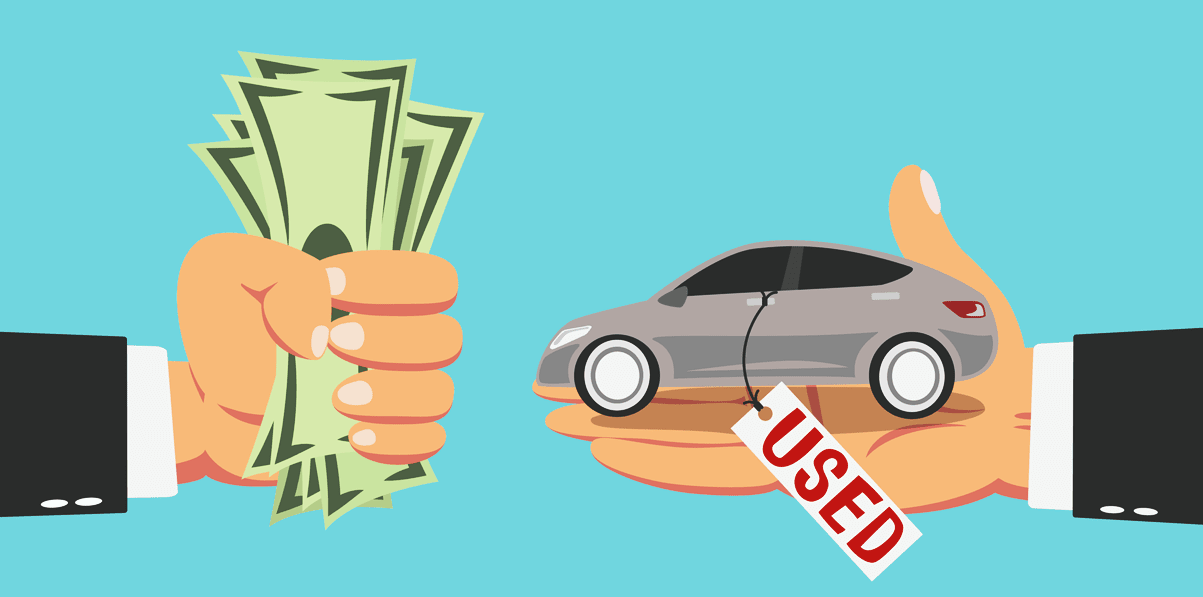When purchasing a second-hand or pre-owned car, understanding the factors that impact your EMI (Equated Monthly Instalment) is essential for managing your finances effectively. An EMI is the fixed monthly payment you make towards repaying your Car Loan.
The amount you pay each month depends on a range of factors such as the loan amount, interest rate, loan tenure, and the age of the car. In this article, we will explore the various aspects that influence your second-hand Car Loan EMI and how to accurately calculate it using an EMI calculator.
1. Loan Amount
The loan amount is one of the most important components that determine your EMI. For a Used Car Loan, leading banks like the ICICI Bank offer financing of up to 80% of the car’s valuation. In select cases, such as for eligible existing customers, funding of up to 100% may be available. A higher down payment reduces the loan amount and helps lower your EMI.
For example, if the second-hand vehicle you are buying costs ₹5 lakh, and you pay ₹1 lakh as a down payment, the amount you borrow as a loan will be ₹4 lakh, and your EMI will be determined from this amount. A smaller loan amount automatically leads to a smaller monthly EMI, and hence, the loan becomes easier to pay.
2. Interest Rate
The interest rate you get is one of the most crucial elements in calculating your EMI. For Used Car Loans, the interest rate tends to be higher than for new cars. The higher interest rate for used cars is often due to the added risk associated with lending for older vehicles, which are more likely to depreciate faster.
The rate you are offered depends on various factors, including your CIBIL score, the age of the car, and the lender’s policies. A higher credit score can help you secure a lower interest rate, which in turn reduces your monthly EMI. It is always advisable to shop around and compare rates from different lenders to ensure you get the most competitive deal.
3. Loan Tenure
Loan tenure is the duration for which you will be repaying the loan. The longer the loan tenure, the lower your EMI will be since the repayment will be over a longer period of time. But if the loan tenure is longer, you will end up paying more interest on the loan over its term.
Conversely, if you choose a shorter loan tenure, your EMI will increase, but you will be paying less interest in total. While selecting a tenure, take into account your income per month and financial stability so that you are okay with the amount of EMI.
4. Down Payment
A down payment is the amount you pay upfront when purchasing the car. The larger your down payment, the smaller the loan amount you need to borrow, which results in a lower EMI. Most lenders typically require a down payment of at least 10-20% of the car’s value.
5. Credit Score
Your credit score is a determining factor for your Car Loan interest rate. The higher your credit score, the less risky you are perceived by lenders, and they can give you a low interest rate. A lower interest rate translates into a lower EMI.
If your credit score is poor, you might be charged higher interest rates, and hence a higher EMI. So, it’s important to have a good credit score so that you get the best terms for the loan.
6. Age of the Car
The age of the second-hand car you are purchasing will also impact your EMI. Since older cars tend to depreciate faster, lenders view them as higher risk and, as a result, may charge a higher interest rate on the loan. The age of the car can also affect the loan amount you are eligible to borrow.
For cars older than five years, some lenders may impose stricter terms or higher interest rates, which could make your EMI significantly higher.
7. Insurance Costs
When financing a second-hand car, you are usually required to take out insurance for the vehicle. Some lenders may require comprehensive insurance, especially for older cars, to protect both you and the lender. While insurance does not directly impact your EMI, it can add to your monthly expenses.
The cost of insurance for second-hand cars may be higher compared to new cars, especially if the car is older or has a higher risk of damage. Be sure to include the cost of insurance in your monthly budget when planning for your Car Loan.
8. Car’s Resale Value
The resale value of the car can also impact your EMI. Cars with higher resale value are considered lower risk for lenders, and therefore, they may offer you a lower interest rate. This, in turn, reduces your monthly EMI. On the other hand, cars with lower resale values may attract higher interest rates, resulting in higher EMIs.
It is advisable to check the resale value of the car you plan to purchase to get an idea of how much loan you can secure and at what interest rate.
9. Calculating Your Second-Hand Car Loan EMI
Once you have a clear understanding of the factors influencing your EMI, it’s time to calculate it. You can use a Used Car EMI calculator available on many financial websites. These calculators allow you to input your loan amount, interest rate, and loan tenure to get an accurate EMI estimate.
Using a Used Car EMI calculator gives you an accurate idea of what your monthly payments will be and helps you plan your finances accordingly.
Conclusion
Understanding the factors that impact your monthly payments is crucial when buying a second-hand car. By carefully considering aspects like the loan amount, interest rate, and loan tenure, you can make an informed decision. Be sure to compare offers from different lenders to ensure you secure the best possible terms for your financing.


